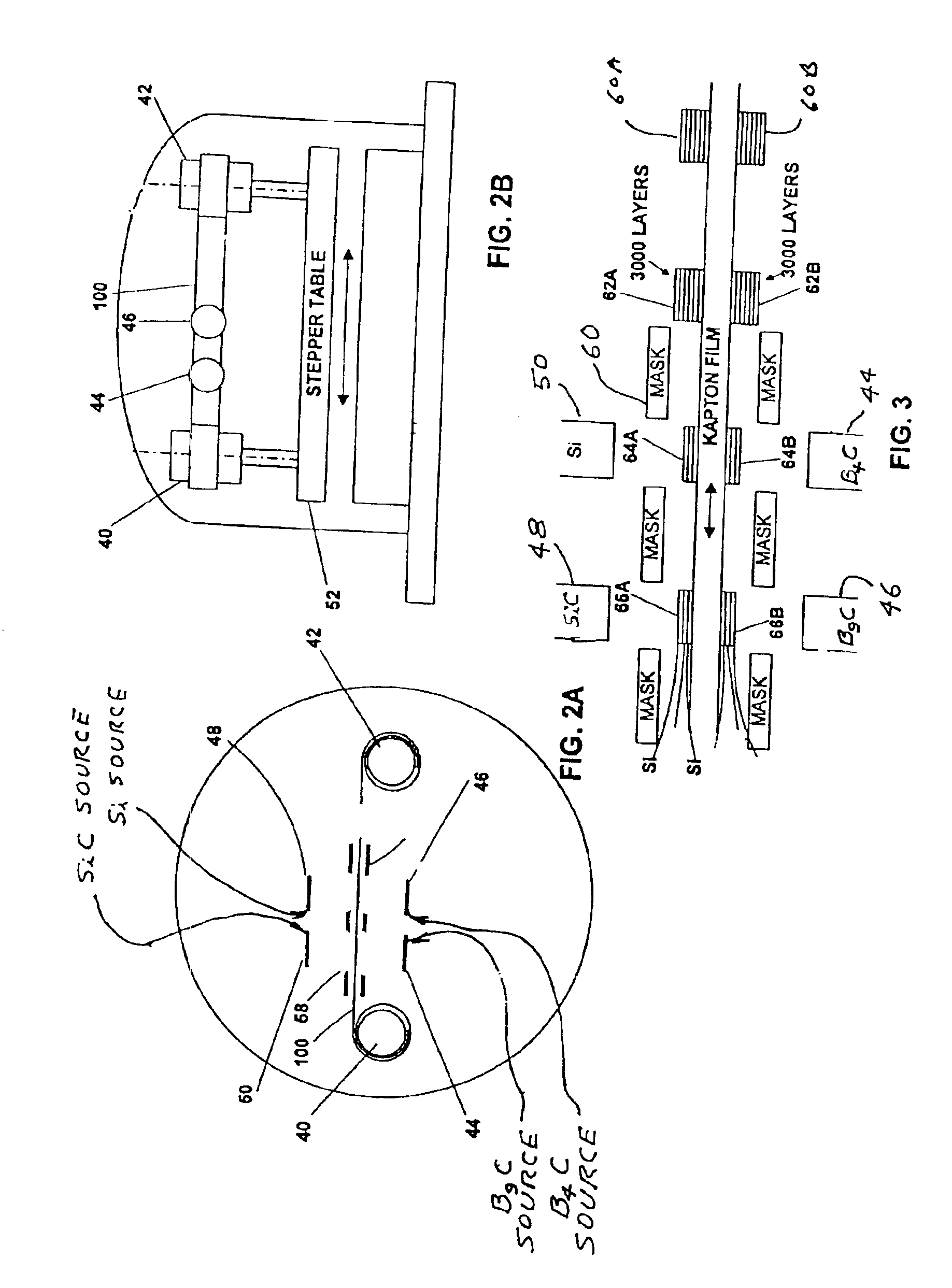Thermoelectric power from environmental temperature cycles
- Summary
- Abstract
- Description
- Claims
- Application Information
AI Technical Summary
Benefits of technology
Problems solved by technology
Method used
Image
Examples
first preferred embodiment
[0029]A first preferred embodiment of the present invention is an energy-harvesting device that produces electrical power without fuel or sunlight. The device uses daily temperature variations of the Martian atmosphere to convert heat into electrical power using thermoelectric technology. The device is innovative because it does not require fuel or sunlight for operation. Unlike solar cells, the energy-harvesting device will not be vulnerable to Martian dust storms and high impact landings. Replacing nuclear generators with the energy-harvesting generator will reduce mission costs and increase safety of human missions because of the absence of nuclear fuel.
[0030]As shown in FIG. 9 this embodiment of the present invention utilizes a sphere for the basic shape of the generator because a sphere has the lowest surface area to volume ratio, thus it has minimal heat loss to volume ratio. A 1-foot diameter sphere for the generator is a reasonable dimension with a total weight of 3 pounds. ...
PUM
 Login to View More
Login to View More Abstract
Description
Claims
Application Information
 Login to View More
Login to View More - R&D
- Intellectual Property
- Life Sciences
- Materials
- Tech Scout
- Unparalleled Data Quality
- Higher Quality Content
- 60% Fewer Hallucinations
Browse by: Latest US Patents, China's latest patents, Technical Efficacy Thesaurus, Application Domain, Technology Topic, Popular Technical Reports.
© 2025 PatSnap. All rights reserved.Legal|Privacy policy|Modern Slavery Act Transparency Statement|Sitemap|About US| Contact US: help@patsnap.com



